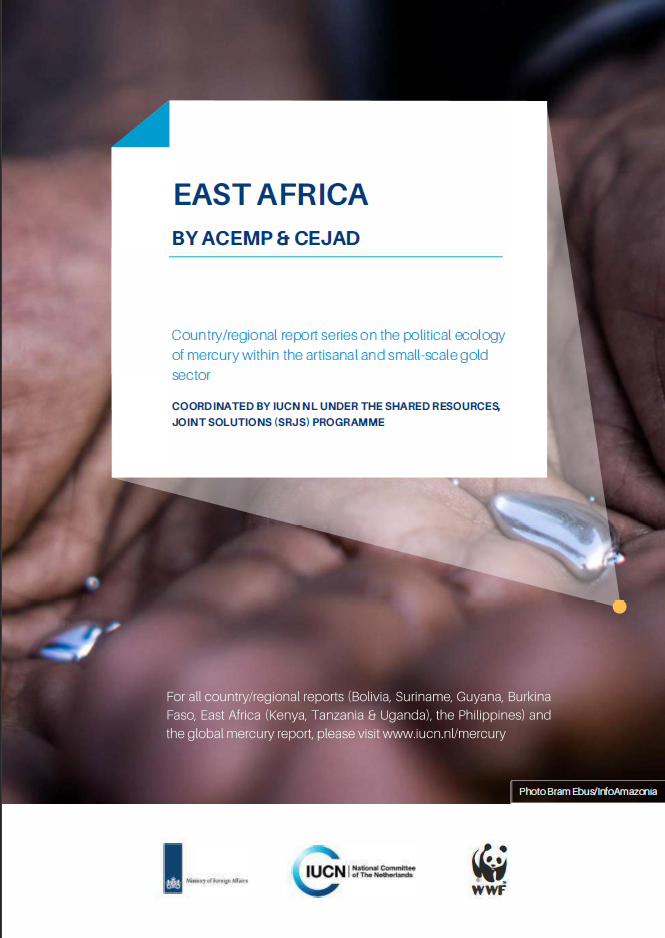Artisanal and small-scale gold mining (ASGM) in East Africa heavily relies on mercury for gold extraction, a practice with severe environmental and health consequences. Mercury persists in ecosystems, accumulating in food chains and disproportionately impacting communities near ASGM sites. Despite efforts to reduce mercury usage, it remains widely available, often through illegal channels.
This study explores the under-researched mercury supply chain in Kenya, Tanzania, and Uganda, addressing critical questions about its sources, entry points, main traders, and distribution to ASGM sites. While these countries are signatories to the Minamata Convention on Mercury—a global treaty aiming to curb mercury emissions—only Uganda has ratified it so far. National action plans to regulate mercury use and reduce emissions are underway in all three nations, aligning with the Convention's goal to protect human health and the environment from mercury's harmful effects.
ASGM remains the largest global source of mercury emissions, accounting for 38% of total emissions in 2015. This study contributes to filling knowledge gaps about mercury's illicit supply chain in East Africa, supporting efforts to minimize its usage and environmental impact.


